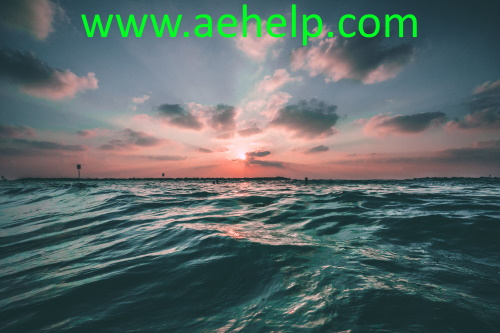Consider Part 2 the cornerstone of your speaking interview and your speaking mark! (most important – it is fundamental to part 3 and it is the deciding factor for the higher band scores, 6.5 to 9)
- You have to maximize your time in Part 2 – no unnecessary language like “thank you for giving me…There are several different rivers and lakes that are important…and the one I want to talk about today is…” *You have to give clear explanations, smooth examples and lots of descriptive details.
- Makes sure to answer ALL of the questions on the card in 90 seconds and then if you still have time, give additional details.
- Connect your ideas and choose a good answer so that you can use it further in part 3.
- Have clear and coherent structure!
PART 2
Talk about a river, lake, sea or ocean that is important for your country’s economy.
What is this body of water?
How was it used in ancient times? (thousands of years ago)
How is it used today?
Why is it important for your country’s welfare?
You will have one to two minutes to talk about this topic.
You will have one minute to prepare what you are going to say.
Speaking points for PLACE: location, appearance, attendees, history, activities, meaning (for you, in this case your country)
Verb tenses: past and present, perfects and progressives.
Think of 2 – 3 good choices and pick the best one:
Ganges River – India, Atlantic Ocean – Colombia, Black Sea, Pacific Ocean – Russia, Forate River – Syria, Arabian Sea – India, Red Sea – KSA
Arabian Sea – India
Location – West and North Indian coast – the Indian Ocean
East of Arabic countries, Pakistan, Iran, Oman, KSA
Appearance – deep, dark blue, saline, 2/3 size of Africa, dangerous, full of life, 2500km coast to coast, 1mil sq km +
Attendees – fishermen, tourists, shipping cargo, pirates, transport, navy
History – warfare, connecting Middle East to Asia, trade, exploration and food
Activities – same as before and tourism, bigger and more
Importance for you – busiest ports of India, brings goods into India, food – ***60% international trade, 30% GDP
*Before your one-minute is up! You must think of your first sentence!
The Arabian Sea is arguably the most important body of water for India’s economy. This massive body of saline water is located in the north western part of India, as part of the Indian Ocean and east of many Arabian countries such as KSA, Oman, and south of the country of Pakistan. It connects the ports of these Arabian and Asian nations across more than 1 million square kilometers of dark blue water filled with an abundance of sea-life.
Historically, stretching back thousands of years, the Arabian Sea had been used by Indian sailors for trade, exploration and warfare. Back in the early 200, 300s, Indian sailors discovered much of the Indian coast navigating the trade winds of the Arabian Sea. They had brought with them fabrics, such as silk and spices to trade with neighboring communities. Later, in the 17th century, this trade extended further across the sea to European countries for not only food and such amenities but also, gold and people.
During modern times, the Arabian Sea still serves much the same purposes as it did throughout history, but on much grander scale. Nowadays, hundreds of massive cargo ships leave the ports of India with millions of dollars worth of merchandise. Furthermore, the Sea is a major food source for many countries for such luxuries as prawns and fish. The fishing industry of India nets billions of dollars from this valuable resource. Last but not least, it is a tourist hotspot for all kinds of water recreation, such as diving, surfing, and pleasure boating which also brings in hundreds of millions of dollars annually. If I had to guess, I would say that roughly a third of India’s economy is dependent on the Arabian Sea.


No Comments
Be the first to start a conversation